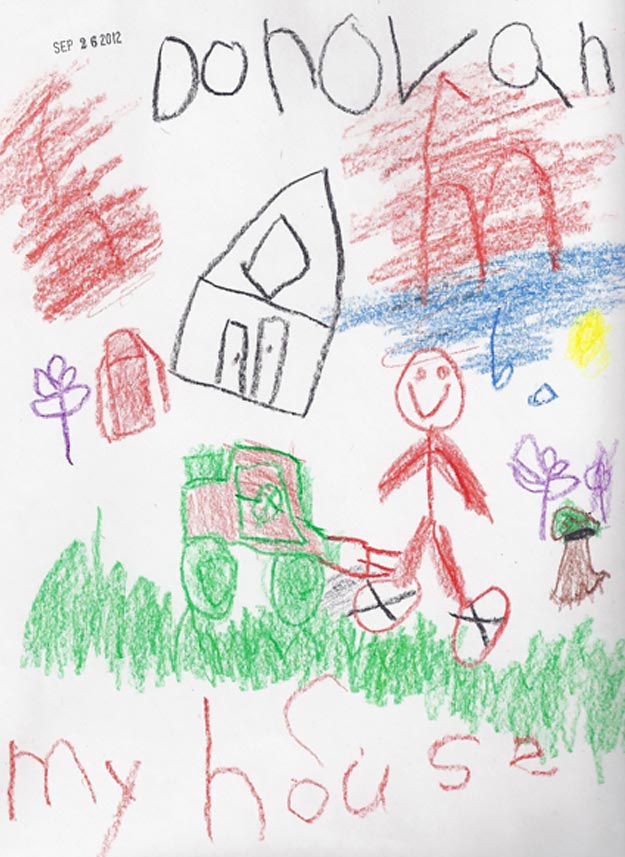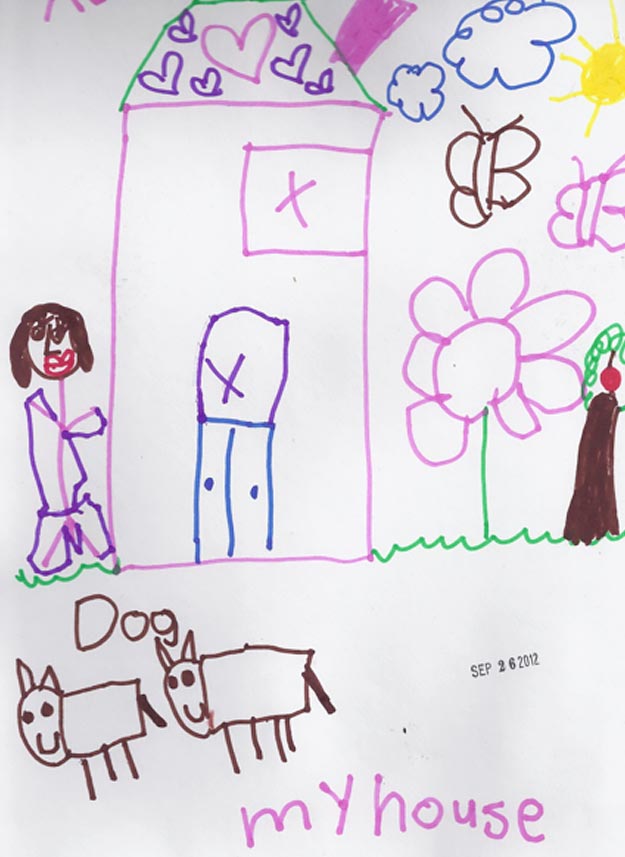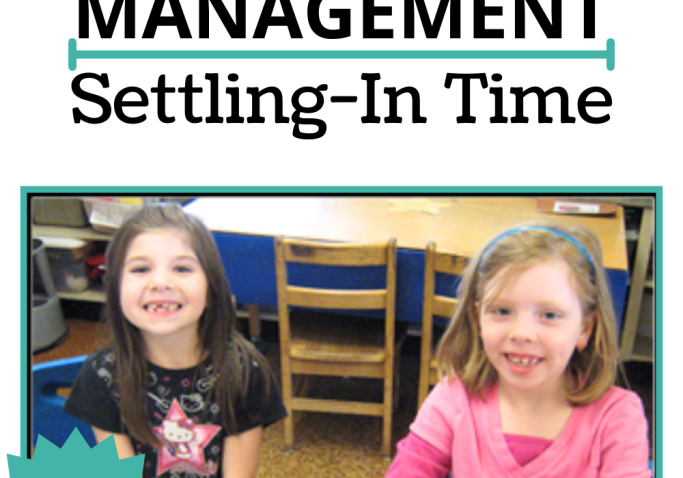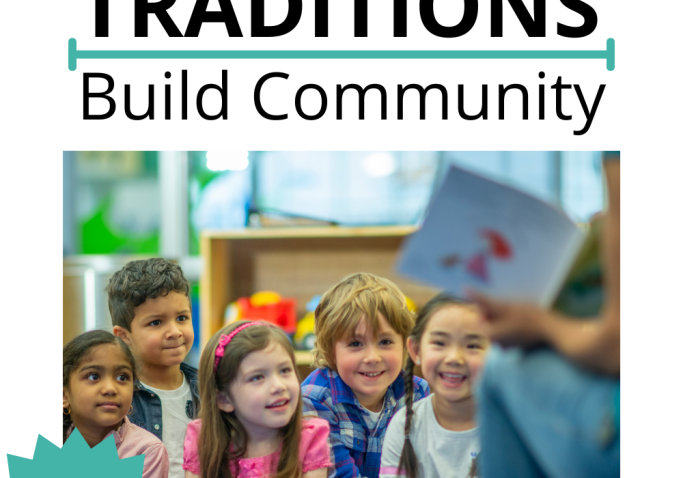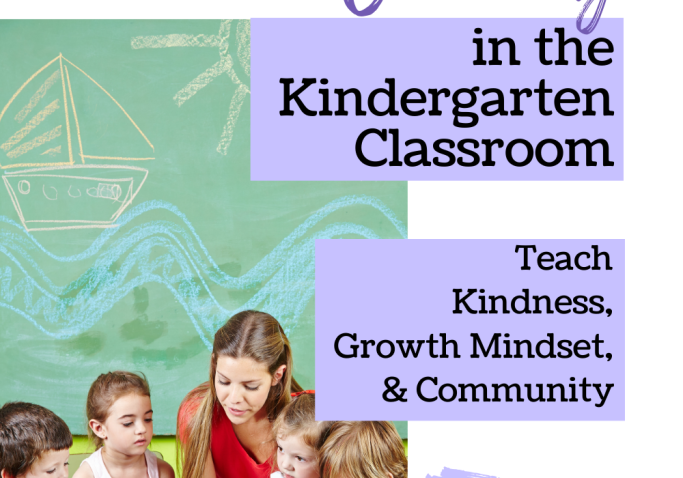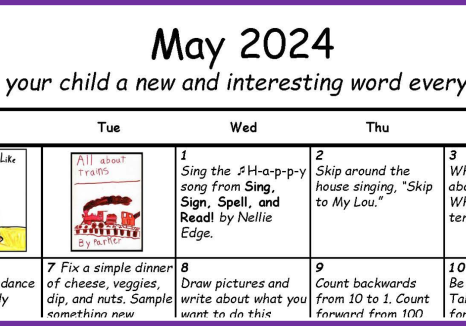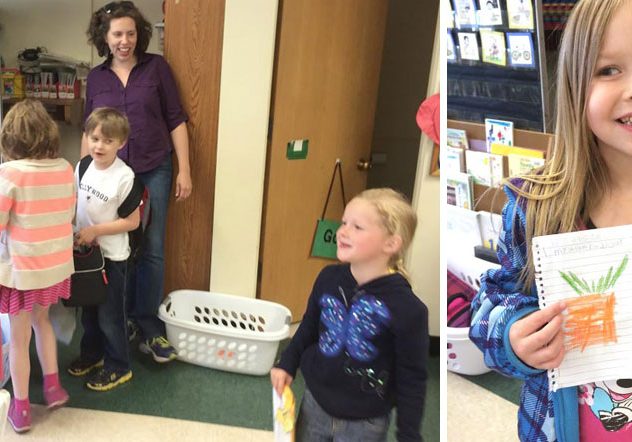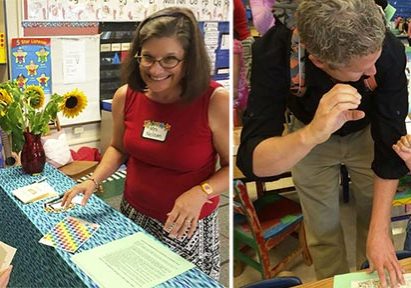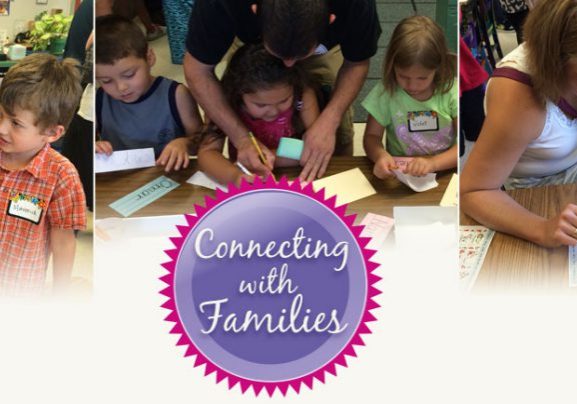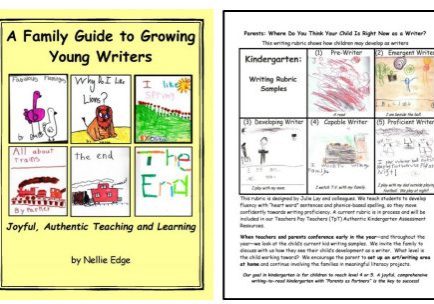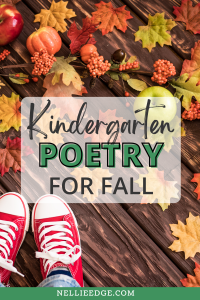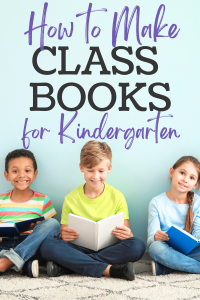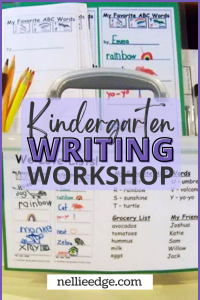What Do ABC Phonics, Handwriting, and Word Work Look Like in Kindergarten?

The references mentioned in this Weekly Focus Blog are Nellie Edge Online Seminars, Kindergarten Writing and the Common Core by Nellie Edge, Kindergarten Handwriting Page, ABC Phonics Page, and Sight Words page.
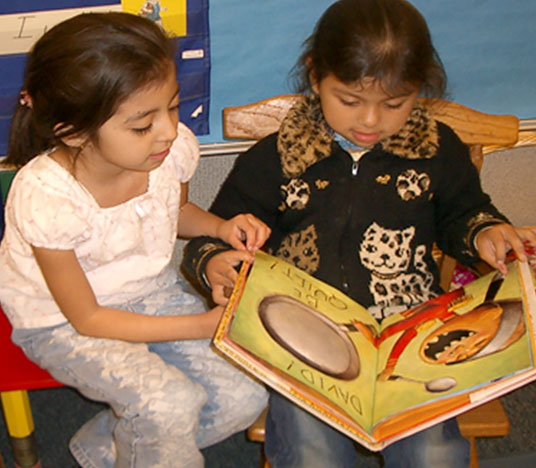
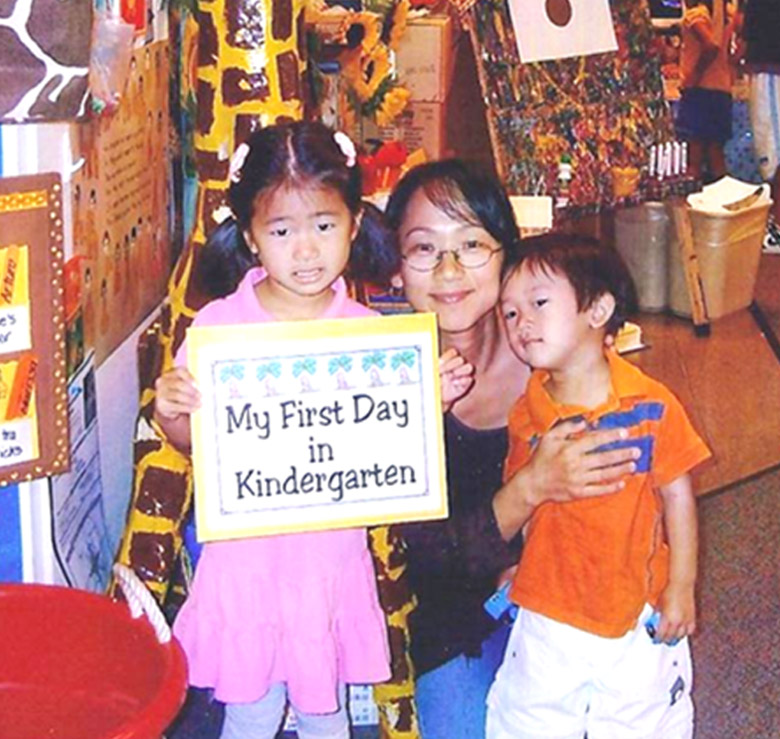
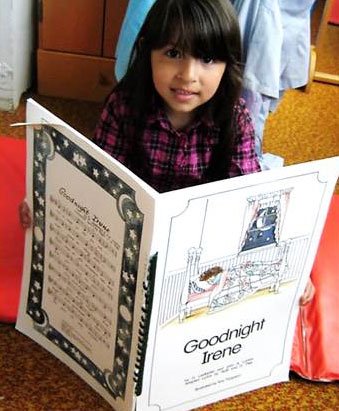
For the first month of school, our focus is to build a joyful community of learners and friends. We develop consistent rituals and routines so children feel secure and motivated to do their best. We want all children to internalize the ABC Phonics: Sing, Sign, and Read! song early on and to begin applying their phonics skills to the writing process. We explicitly teach and expect daily improvement in kindergarten-friendly handwriting. Children learn high-frequency “heart words.” Explicit whole-group and small-group instruction is used to model how to draw, shape letters and write words, and practice the beginning skills needed for writing workshop success. Multisensory engagement, meaning-centered teaching and learning, and high expectations guide our planning. Our children love to read and write!
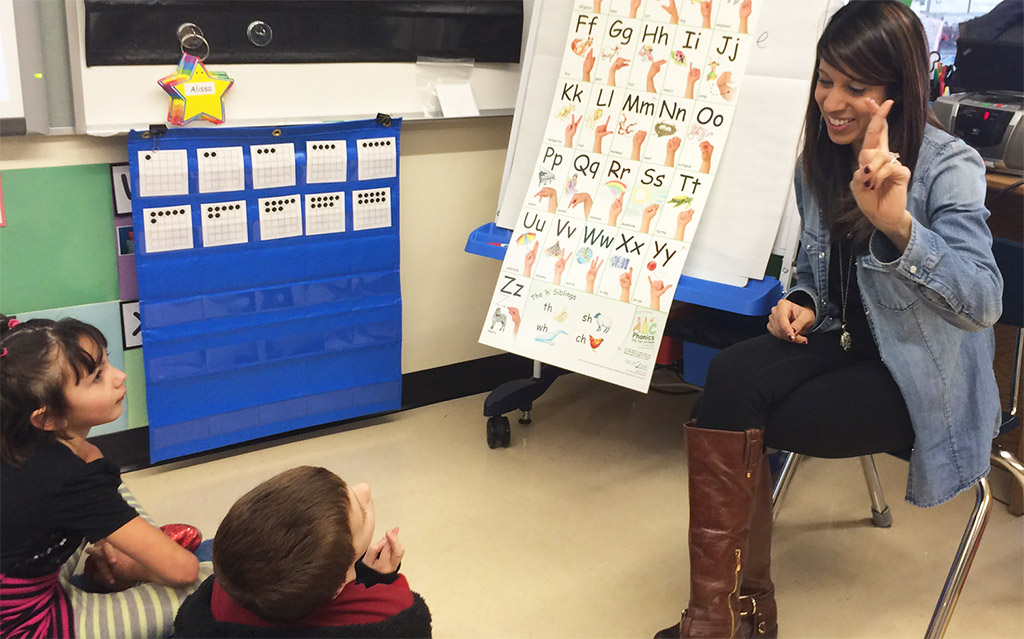
Expect all children to master ABC Phonics: Sing, Sign, and Read! within 20 days. Raise your expectations. Begin to sing, sign, and read a, b, c, d the first day of school. Add e, f, g several days later.
Use 20-second teachable moments to reinforce accurate fingerspelling. Involve parents in nightly review. Fingerspell names and “heart words.”
Provide extra support for harder-to-accelerate learners: use flash cards and send home the ABC Phonics Family Reference Chart.
Integrate ABC and Phonics Immersion throughout the day and provide several quick reviews of portions of the song.
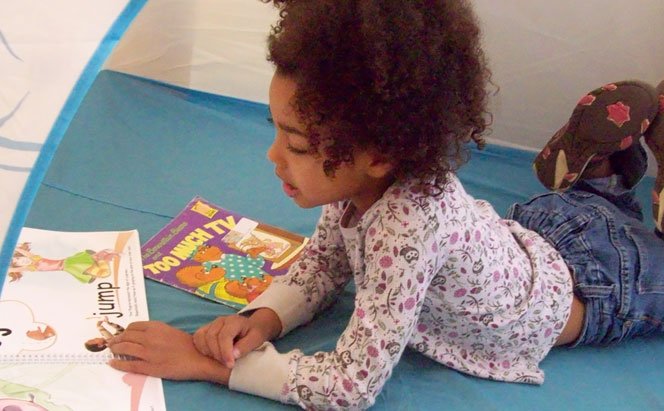
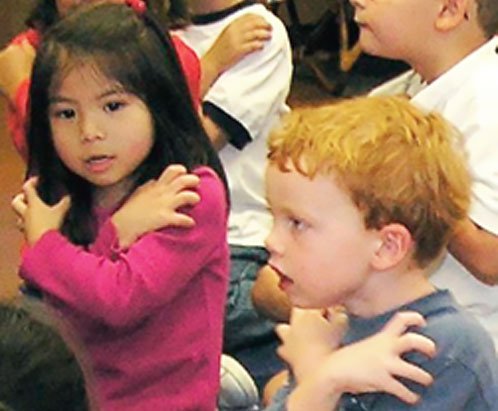
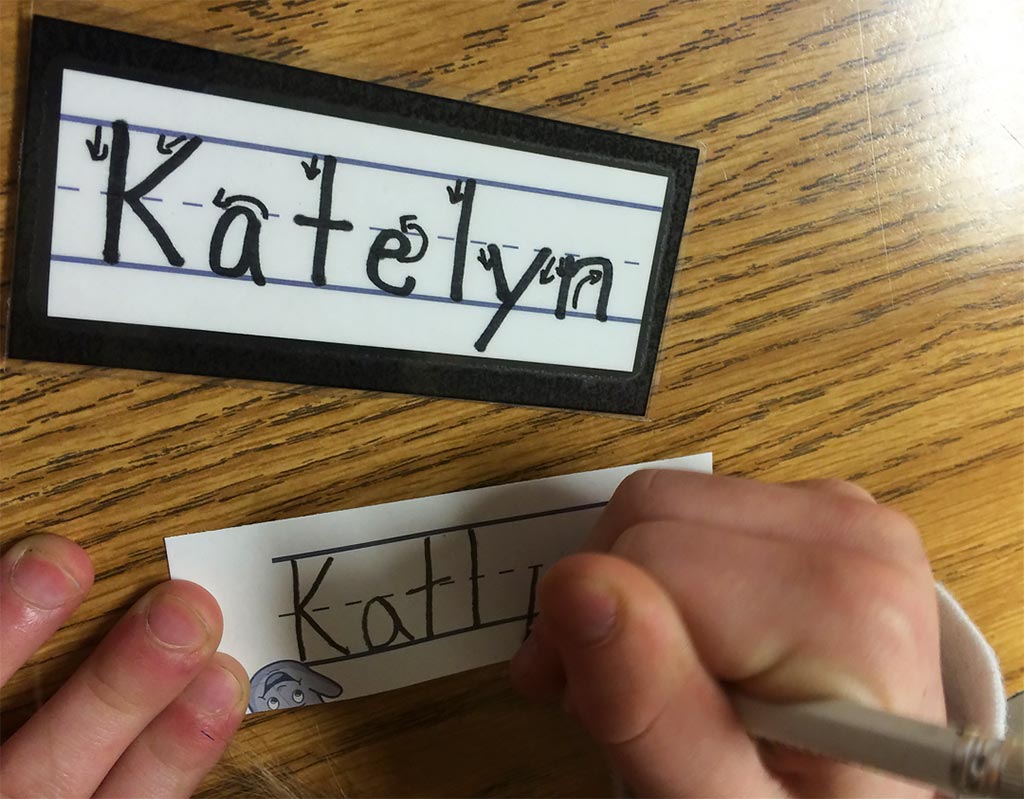
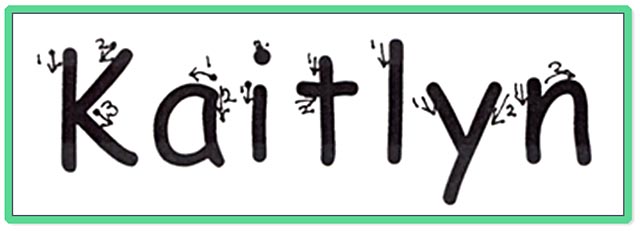
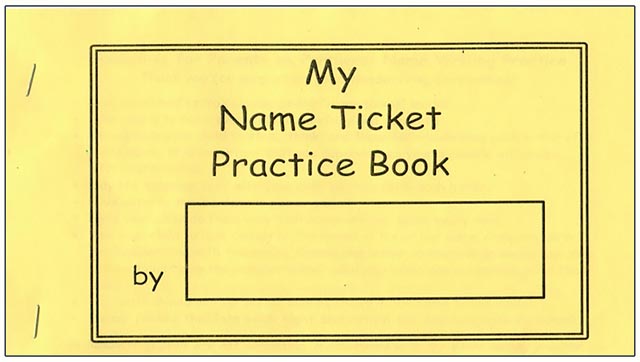
Establish a consistent morning ritual of Name Ticket writing, expecting daily handwriting improvement. Teach tripod grip. Involve Parents as Partners, and use children’s Name Tickets in meaningful ways.
If handwriting skills are not fluent, it interferes with the whole writing process.
Review Nellie Edge Online Seminar #2 and Kindergarten Writing and the Common Core, Chapter 3. See Kindergarten Handwriting Page to learn more.
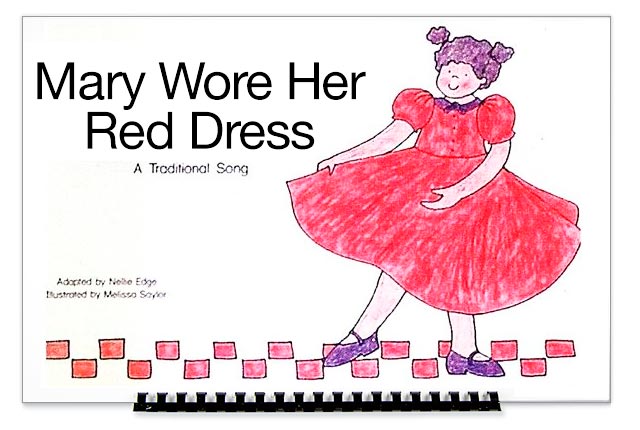
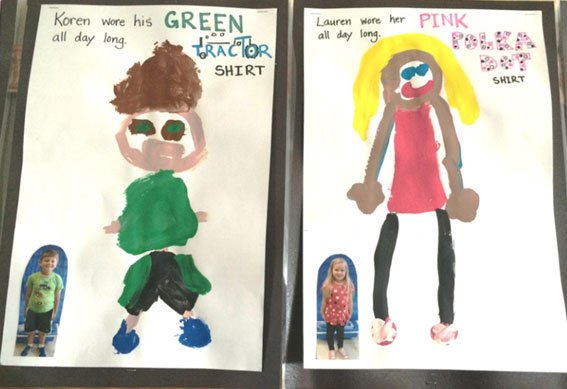
Provide shared music, drama, and sign language experiences with Nellie Edge Read and Sing Big Books™ to simultaneously build oral language fluency, challenge early readers, and create a joyful community of learners: I Can Read Colors, The More We Get Together, I Love the Mountains, I Have a Cat, The Opposite Song, Mary Wore Her Red Dress, Teddy Bear, Teddy Bear: Encourage children to sing and memorize the language. Highlight words they know.
Create an “I Can Read” classroom. Have guided reading texts of the same predictable Big Books and quality predictable books available for “Read-to-Self” time. (Study the Daily 5™.) Create a class of book lovers!
Model, step-by-step, how to draw simple pictures and write labels, demonstrating how to make the voice-to-print match by stretching out sounds to write unknown words and writing high-frequency sight words “heart words” (i.e. cat, dog, me, my house, the sun, my Mom, my Dad). Add two-word titles, phrases, (A cat, The dog, My house) and then high-frequency “heart word” sentences: I love you… I see the cat… I like my… You may choose to provide more explicit whole-group instruction to guide the writing and drawing process and delay starting your writing workshop program with student choice of topics until October, depending on your children’s readiness and your professional judgment. There is no “one right way” to begin writers’ workshop except to keep writing meaningful and build on success. All children love to write, draw, tell stories, make lists, and write “really cool books!” Expect “kid writing.”
Your words and pictures tell a story.

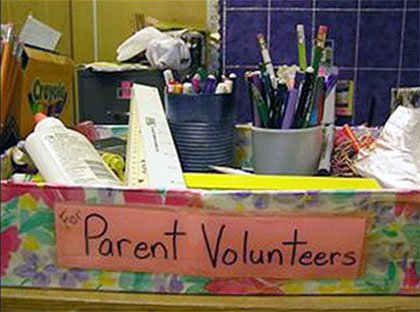
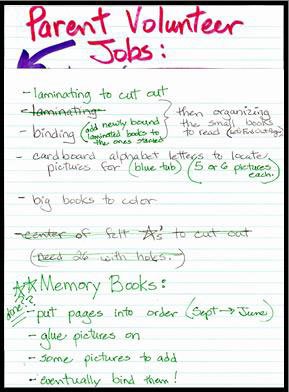
Involve Parents as Partners in literacy learning, and welcome them into the classroom. Have a clear plan for how to use volunteer time effectively. Provide family literacy support. Take a photo of each child with their family—perhaps with a sign that says “My first day of kindergarten.” Post family photos on the front door—or make a class book of Our Home Families.
See Kindergarten Writing and the Common Core, Chapter 11.

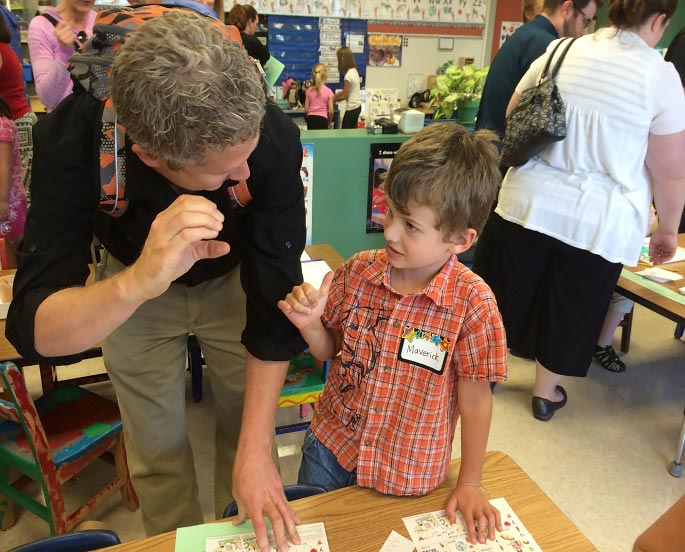
Welcome families to a new year with a Kindergarten Scavenger Hunt or Family Literacy Evening. Some teachers conference individually with parents to build bonds of collaboration and encourage literacy learning at home. Encourage families to create a drawing/writing tote for home use. Send home the ABC Phonics Family Reference Chart, a “Name Ticket” model, and Name Writing practice book.
Save a beginning-of-the-year sample of each child’s drawing and writing. You will be amazed at their growth!


Kindergarten is you know, a garden where the children grow...
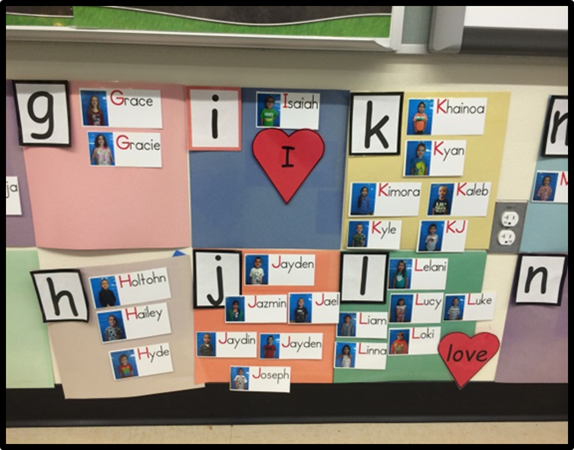
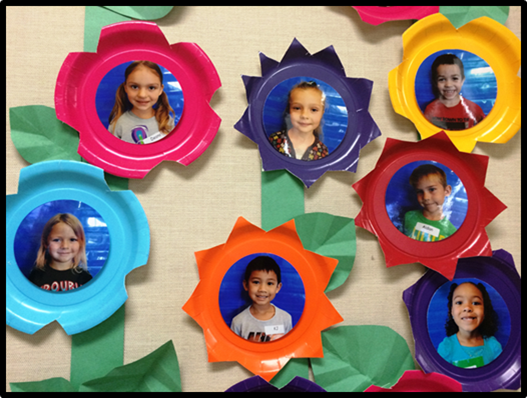
Adorn the walls of your classroom with drawings, photos, and the names of your children.
Teach pink “heart words.” Sing, Sign, Spell, and Read! (SSS&R!) Provide handwriting practice drills on wipe-off boards. Twenty-second reviews are powerful. Refer to “heart word” charts and sentence models in the classroom. Begin the daily “heart word” sentence writing routine with the power sentence: “I love you.” Make families copies of the SSS&R! CD.
Review Nellie Edge Online Seminar #3
and Kindergarten Writing and the Common Core, Chapter 4. See Heart Words Page to learn more.
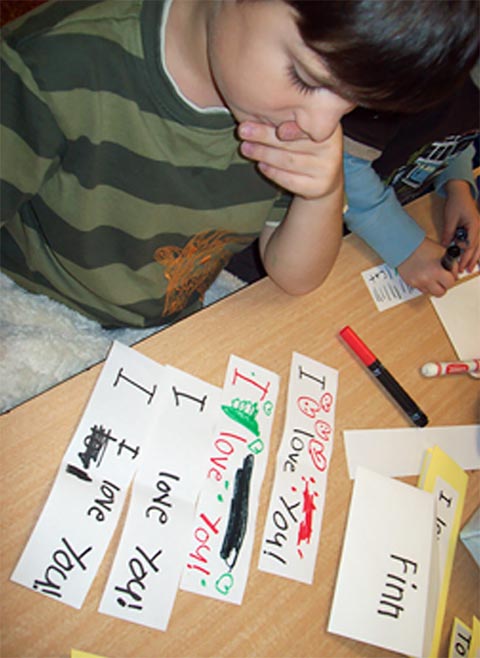
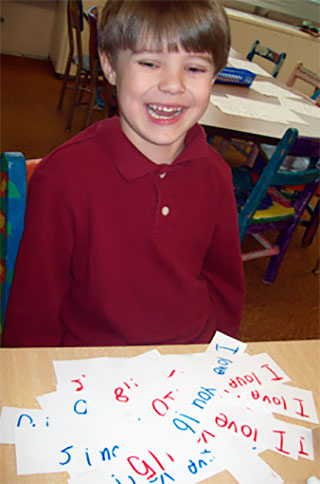

Send sets of 16 “pink heart words” home in a special learning gift box after you have introduced several of them. Point out large pink and purple heart words on wall posters; challenge learners to quickly master “heart word” sentences. This builds stamina for the writing workshop.
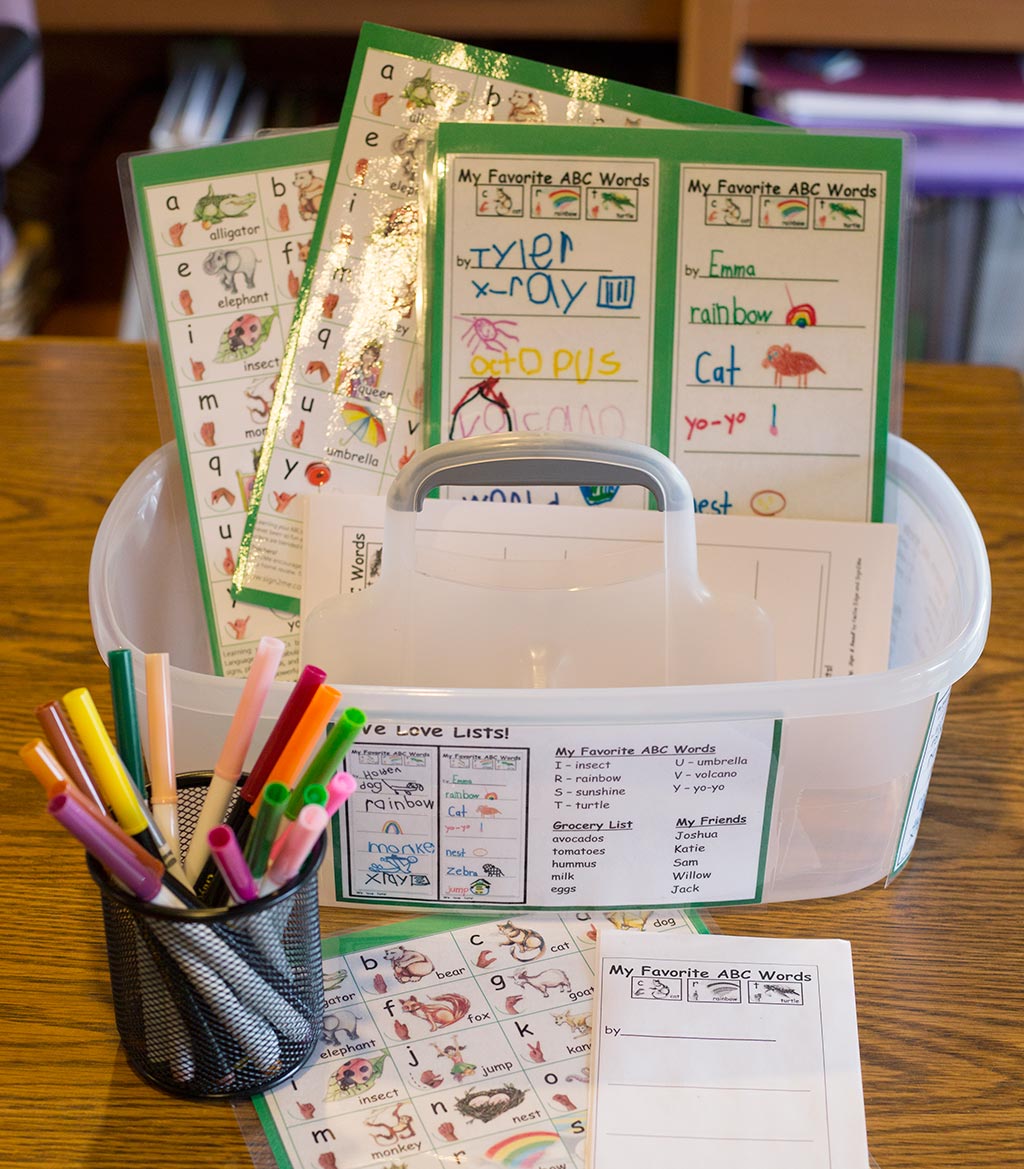
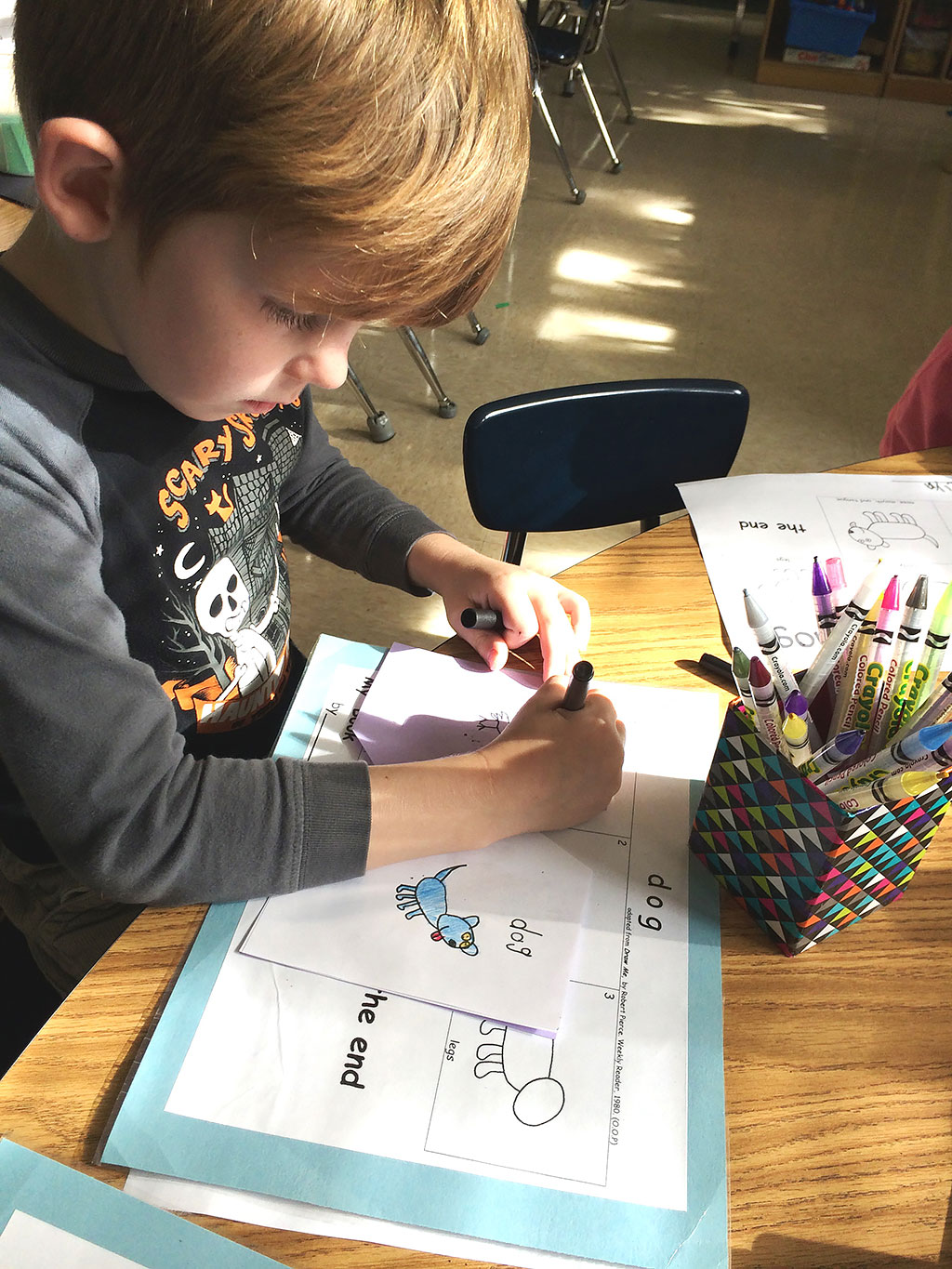
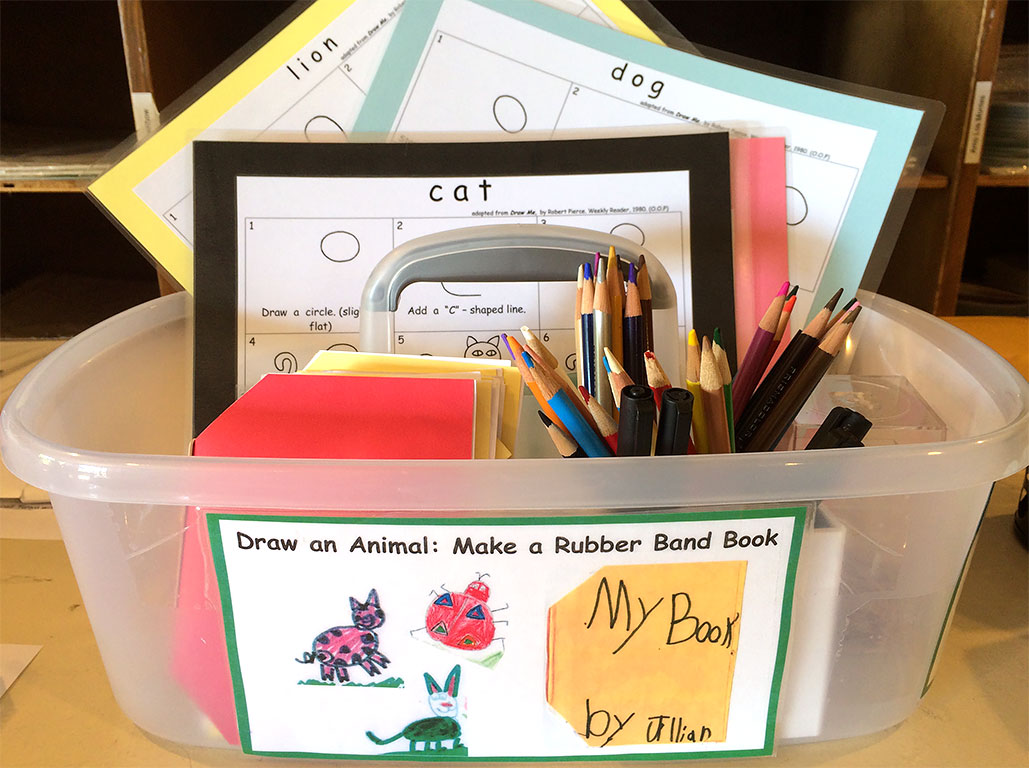
Begin teaching children to independently use writing totes. Be systematic and intentional: introduce “We Love Lists” and “Draw an Animal” Rubber Band Books as they fit into your writing framework.
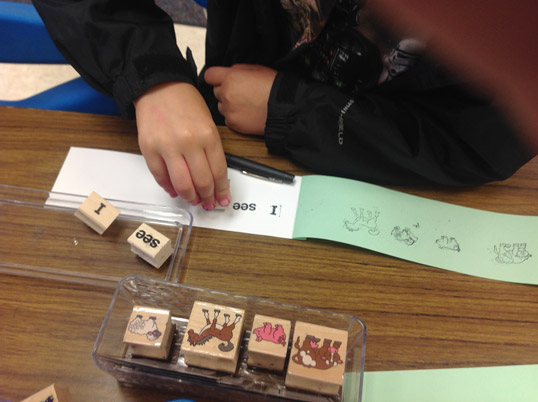
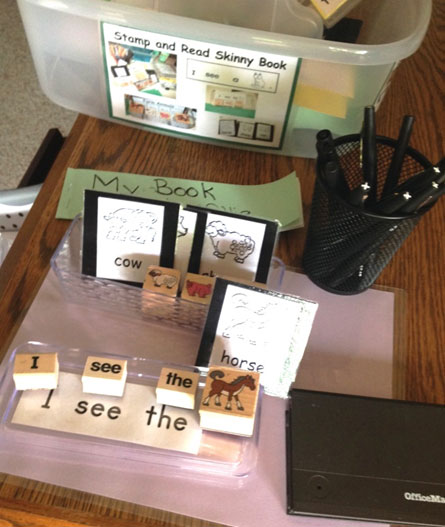
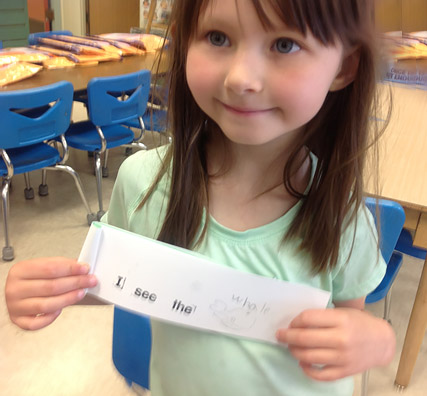
Make Stamp and Read Skinny Books using the sentence frame “I see the _____.” This center initially requires the most supervision but is perfect for building successful literacy foundation, teaching the concept of words and sentences and giving children the “I can read” experience.
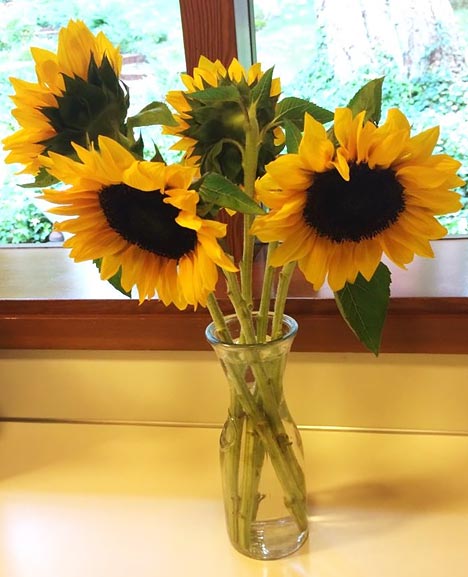
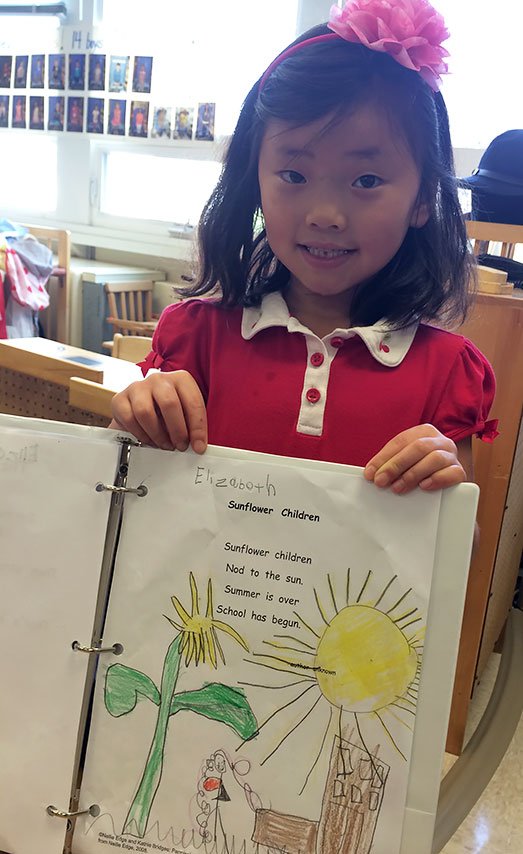
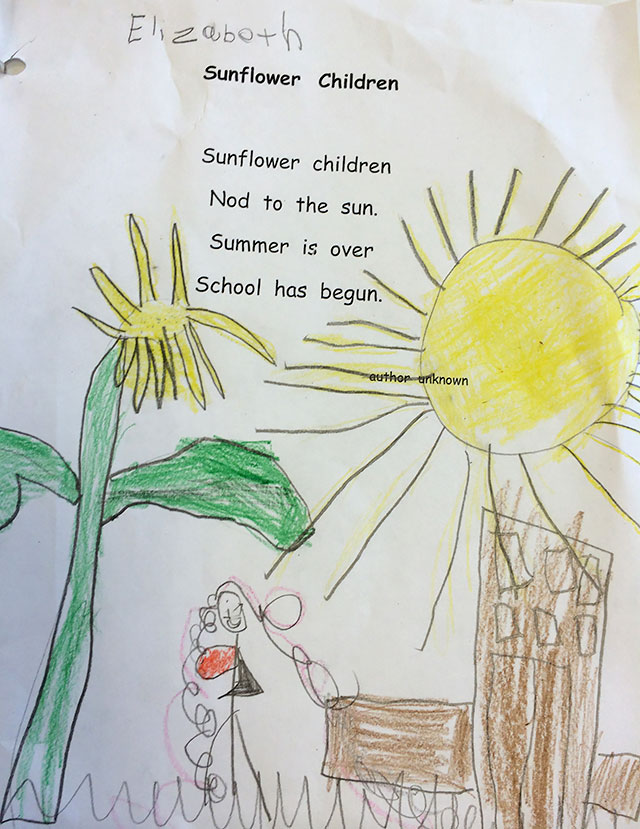
Celebrate the language of nursery rhymes, poems, songs, and chants. Memorize, recite, and illustrate rhymes. Observe and draw sunflowers. Begin Poetry “I Can Read” notebooks. Study artist Claude Monet’s sunflowers. If children have studied artists, they have a greater appreciation for their own growing skills as an illustrator.
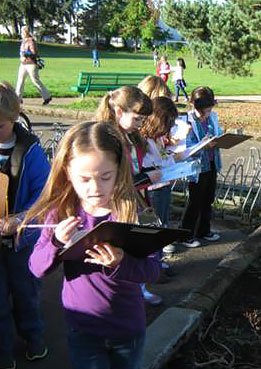
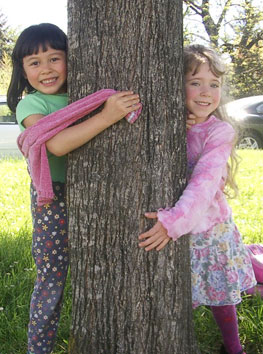
Science: Take “writerly-scientific walks” with clipboards in hand and sing: Fall is coming…. Draw and label signs of fall. Develop interest and a love of trees and leaves. Learn leaf poems. Notice colors everywhere, and build voracious vocabulary habits: amber, silver, turquoise, gold, maroon, coral, teal, fuchsia… Use hands-on experiences and “sciencing songs” to introduce Next Generation Science Standards: Push and Pull, Weather and Climate, and Animal Habitats.
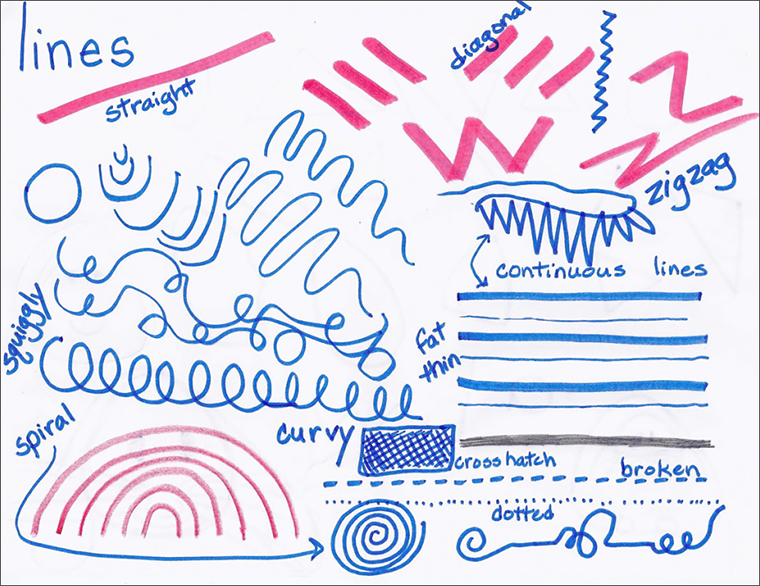
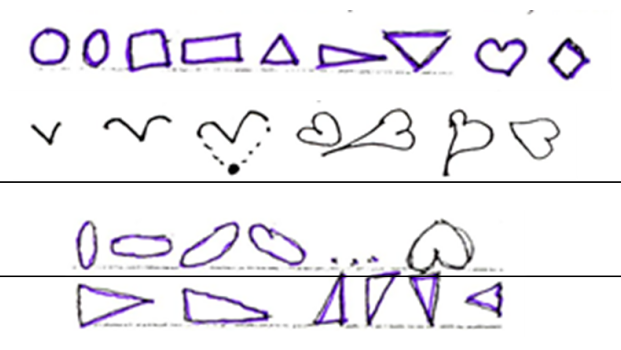
Explore shapes and lines while introducing crayons and colored pencils. Teach children to draw self-portraits. Drawing instruction supports the writing process.
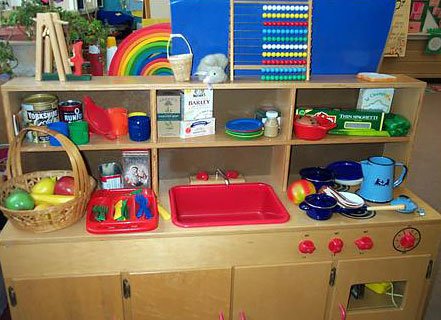
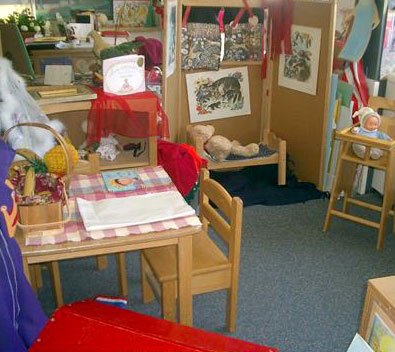
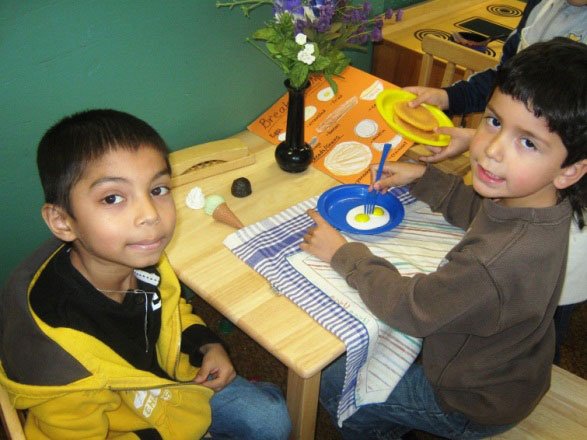
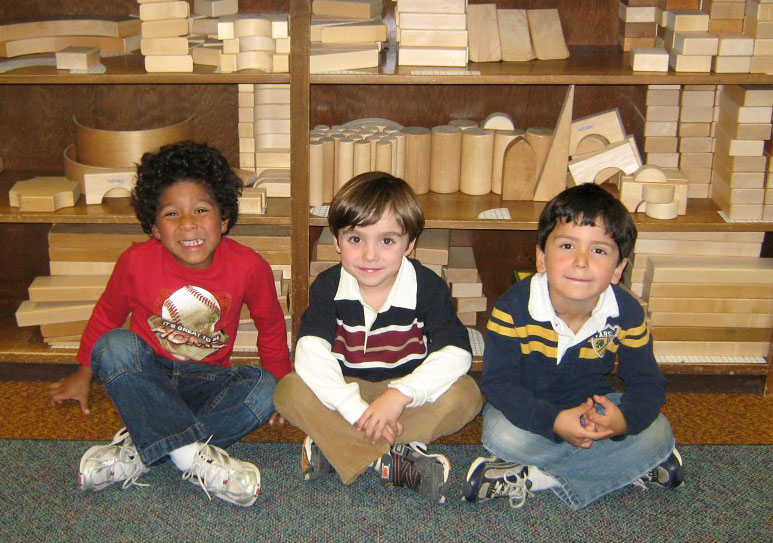
Literacy Play Center begins as a “homemaking center” with phone and notepads, clipboards and pens (for making lists, course!) and board books to read to babies. Block-building creations are labeled and photos are often taken!
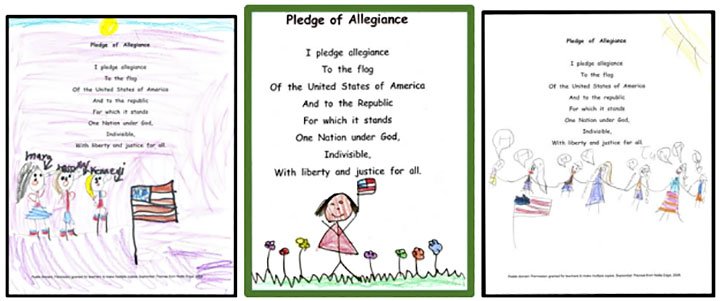
Begin teaching The Pledge of Allegiance in American Sign Language, using The American Patriot CD with Lee Greenwood. Build focus, self-regulation, presentation skills, and vocabulary with symbols of our country. Perform for parents, the principal, or at a whole school assembly. (See FREE instructional video.)

Introduce “Read-to-Self” from The Daily 5™. (Some teachers wait until October to give children individual book boxes and teach how to select “just-right” I Can Read books.)
Optimal Writing Instruction — Diverse Needs — Our Reality
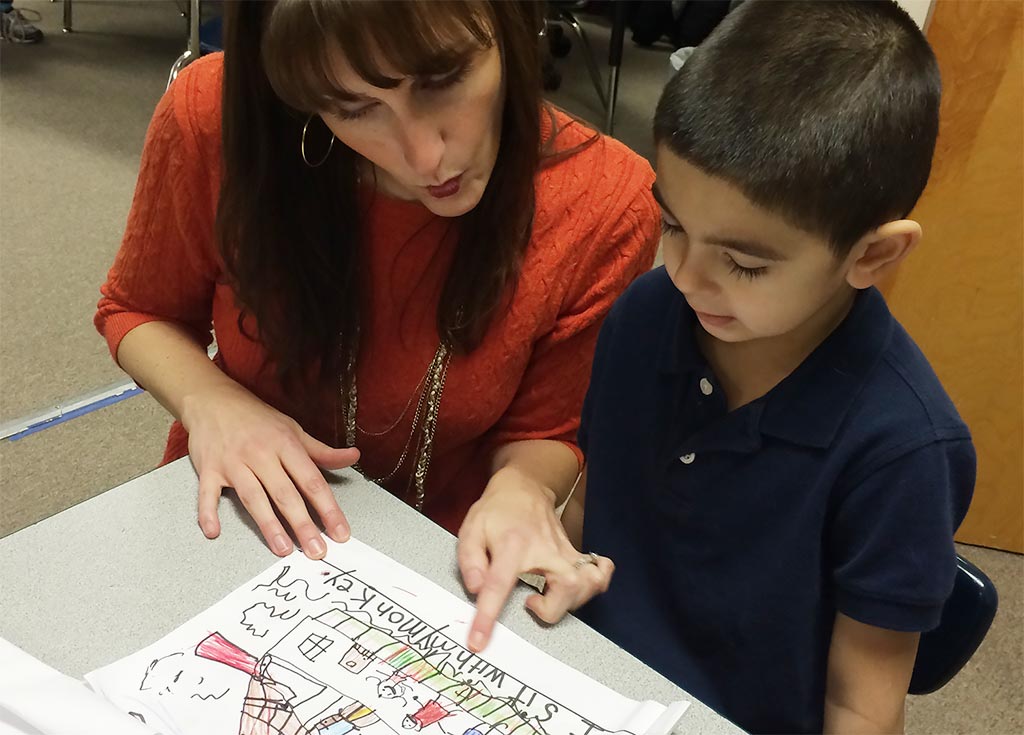
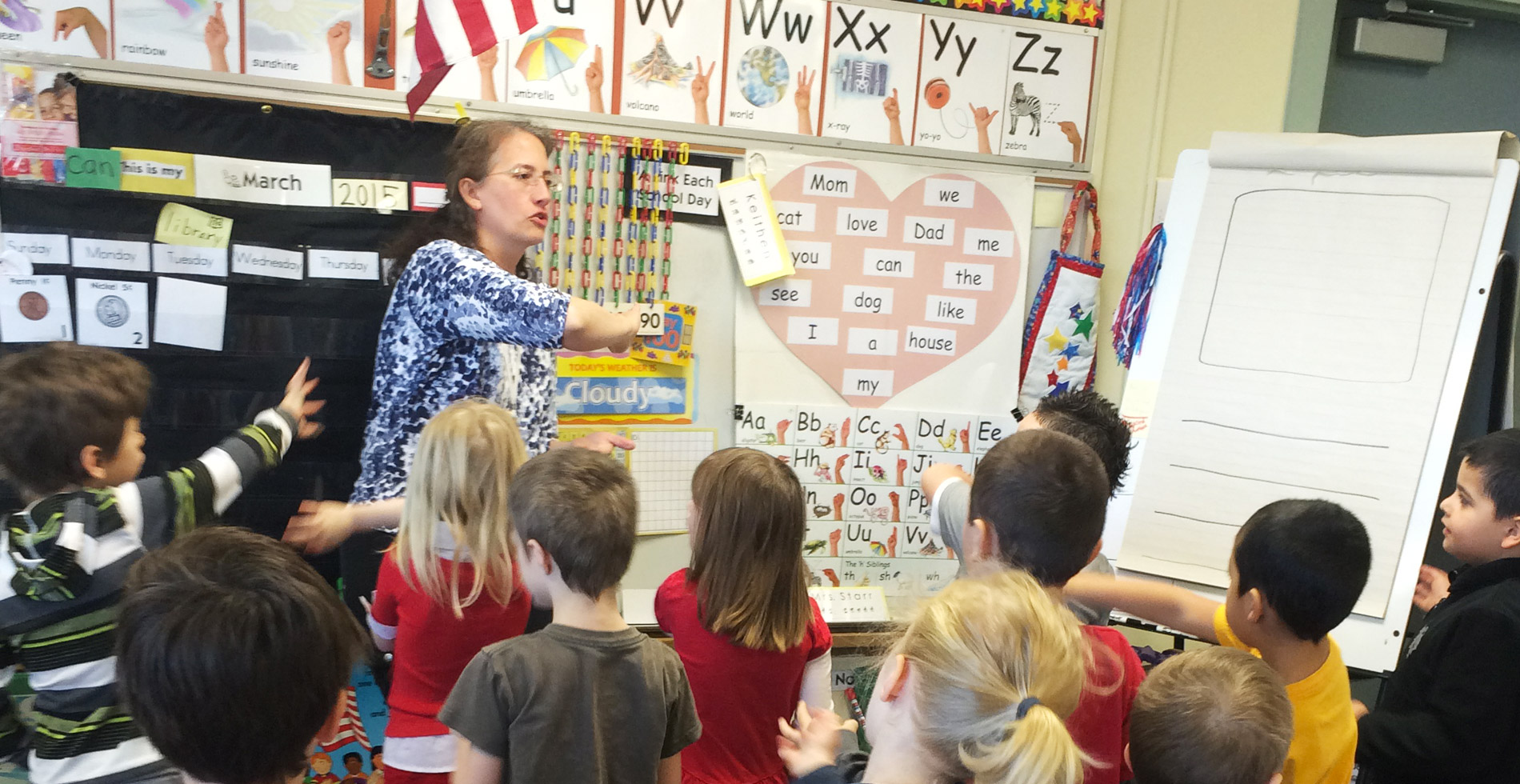
Whether teaching full day or half day, in a high socioeconomic community or a high-needs school (with a confident fulltime assistant, special needs support and helpful volunteers—or independently carrying the full teaching load), every year my colleagues and I raise our expectations, refine our instruction, and see even more powerful writing gains. There is no ceiling on success using these high-impact writing strategies; however, our administrators and policy makers need to realize we compromise the individual conferencing and coaching time necessary to build the foundation for Common Core Writing Standards when kindergartens are larger than 20-22 students—especially in Title I schools. Those one-on-one critical teaching moments which we long to give to each young writer are greatly diminished. Yet, we all continue to do what we can for our children. N.E.
Resources
- Weekly and Blog Articles
- Back-to-School Night: Welcome Families to a Scavenger Hunt
- 10 Tips for Teaching Handwriting Grip
- 20 Days to 26 Letters and Sounds
- A Yearlong Overview: New Heart Words, Handwriting, ABC Phonics, and Bookmaking
- Kindergarten Writing and the Common Core: CCSS Progression Overview
For more information see: ABC Phonics Page, Kindergarten Handwriting Page, and Heart Words page.
Learn to use these strategies in your classroom, study with
Nellie Edge Online Seminars
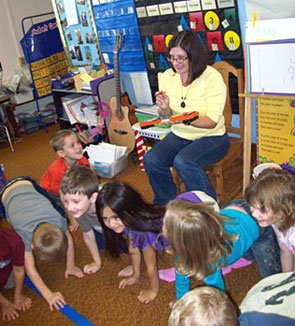
Nellie Edge Online Seminars
Grow Your Kindergarten Writers Build Stamina for the Writing Workshop
• ABC Phonics
• Kindergarten Handwriting
• Authentic Sight Word Work
Nellie Edge teaches you essential skills designed from 30 years of experience in step-by-step videos:
Seminar #1: Multisensory ABC and Phonics Immersion
Seminar #2: Kindergarten-Friendly Handwriting Matters!
Seminar #3: Authentic Sight Word Work
WITH EACH SEMINAR YOU'll RECEIVE:
- Unlimited Access to Online Video Tutorials
- Companion Teacher's Guide
- Coordinating Classroom Resources - ready to use!
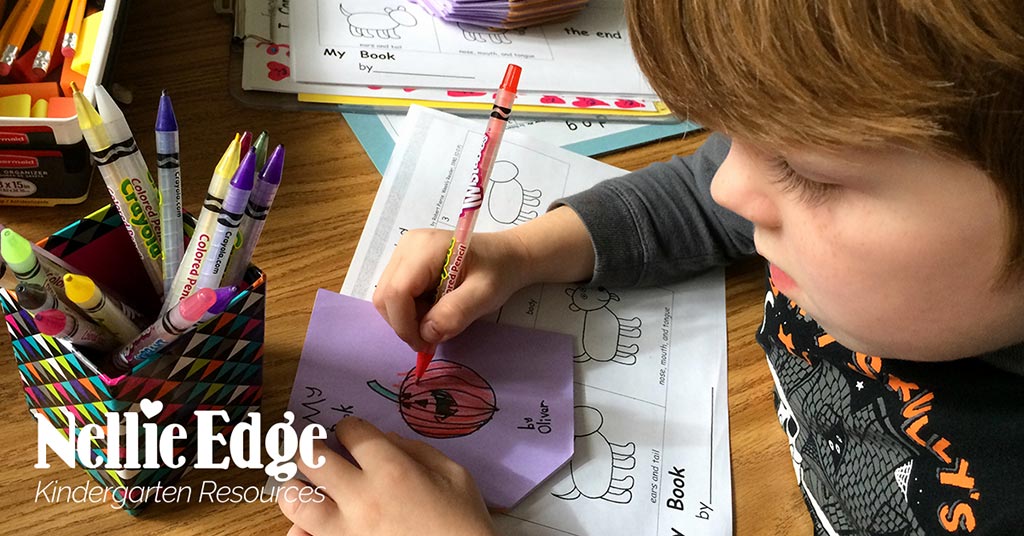
Get our weekly blog for more high-impact strategies and free resources!



